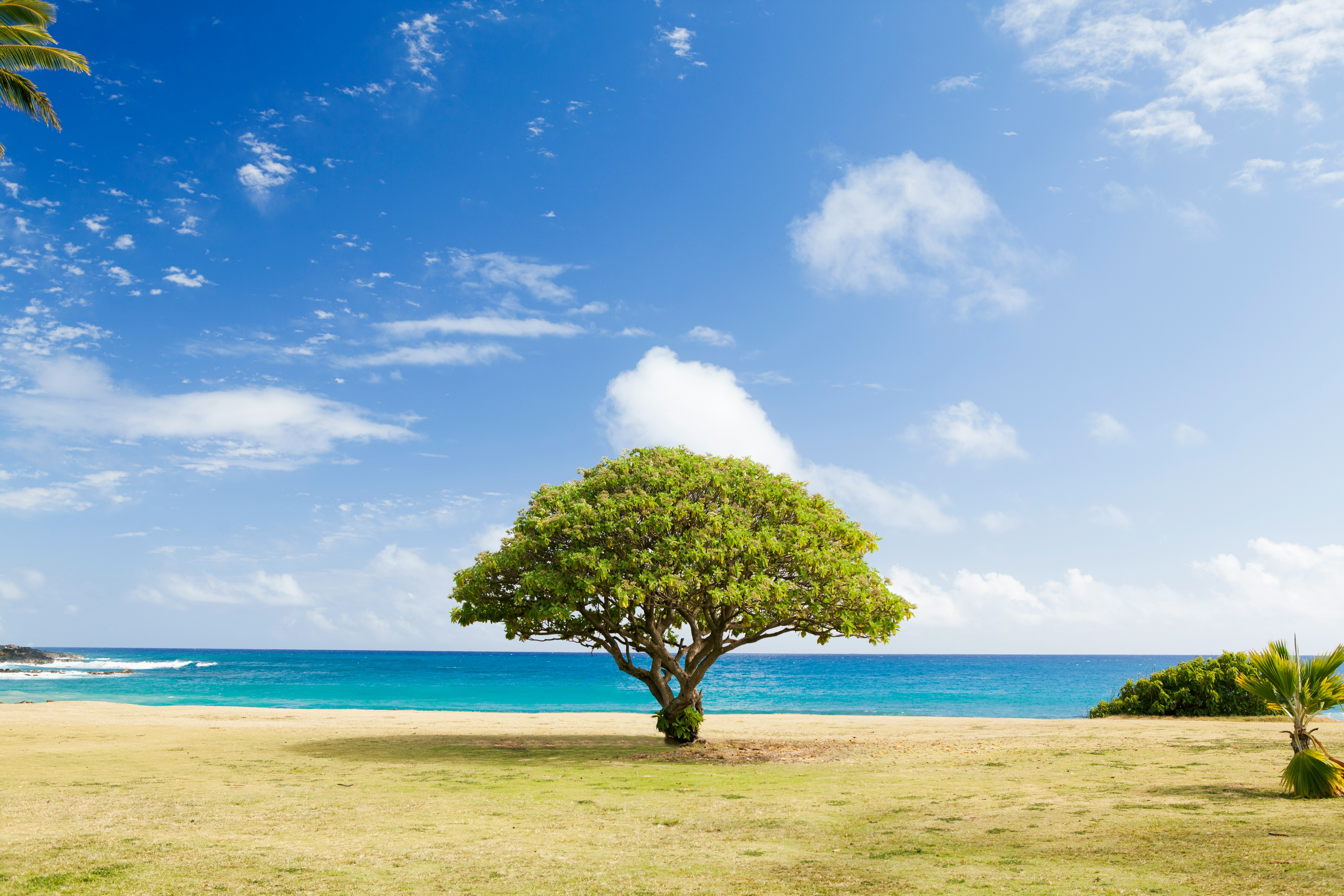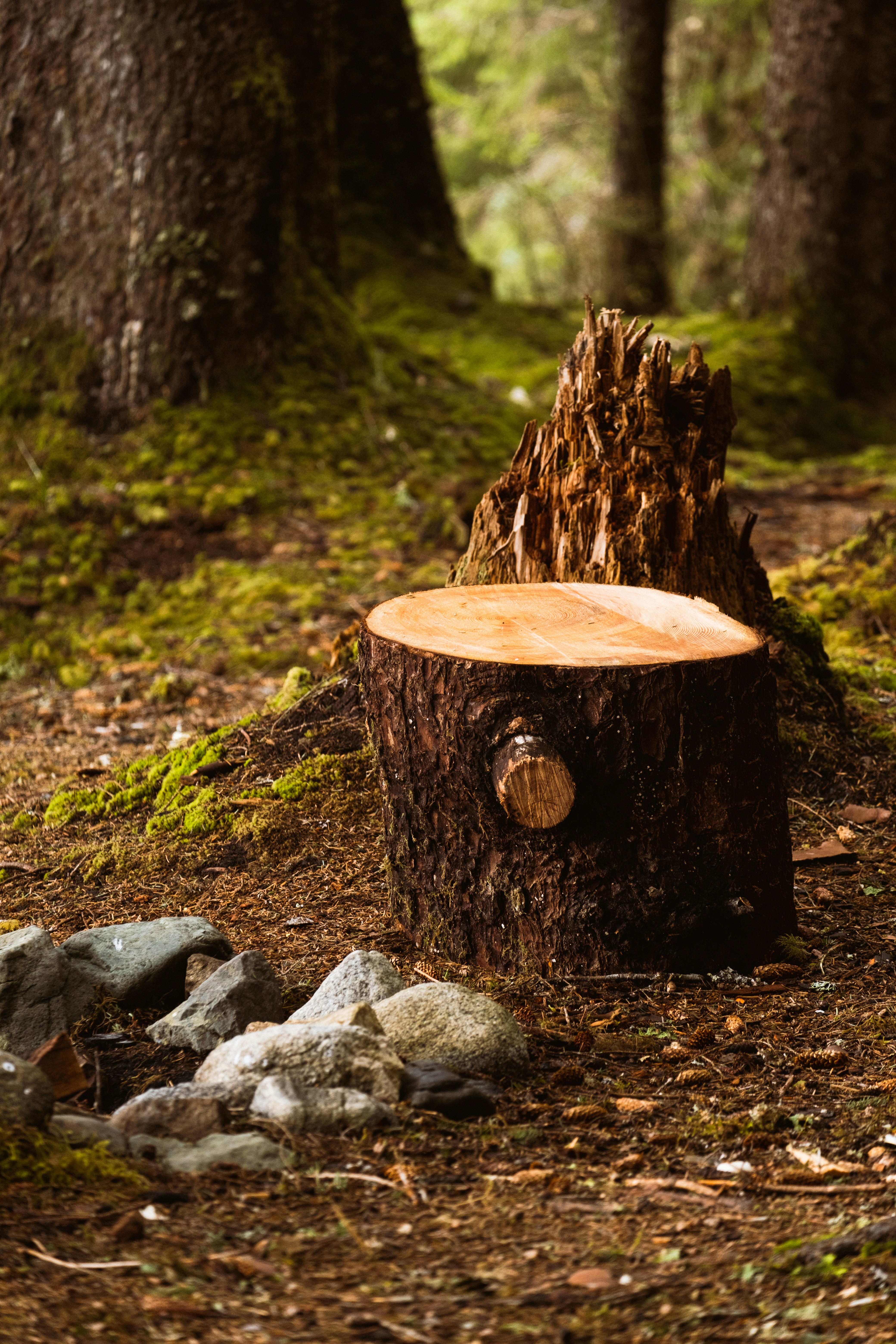Prices



Tree removal costs can vary significantly depending on various factors such as the size, location, species, health, and accessibility of the tree, as well as additional services required like stump removal or disposal. When considering tree removal, it's crucial to understand the breakdown of costs involved to make an informed decision. Firstly, the size and height of the tree play a significant role in determining the cost. Larger trees generally require more labor, equipment, and expertise to remove safely. Trees with extensive branching or those situated close to structures or power lines may require additional precautions and specialized techniques, further impacting the cost. Secondly, the species and health of the tree influence the complexity of removal. Certain tree species may have dense wood or extensive root systems, requiring more effort to cut down and remove. Diseased or decaying trees pose additional risks during removal and may require careful dismantling to avoid property damage or injury, potentially increasing the cost. Thirdly, accessibility to the tree site affects the overall cost. Trees located in hard-to-reach areas, such as backyards with limited entry points or dense vegetation surrounding the tree, may require extra time and effort to access, leading to higher labor costs. Additionally, obstacles like fences, buildings, or other trees nearby can further complicate the removal process, necessitating specialized equipment or techniques. Moreover, the services included in the tree removal process contribute to the total cost. In addition to cutting down the tree, services such as stump grinding or removal, debris hauling, and site cleanup may be necessary depending on the client's preferences and municipal regulations. Each of these services adds to the overall cost of tree removal but is essential for restoring the site to its original condition and ensuring safety. Furthermore, local regulations and permits may impact the cost of tree removal. Some municipalities require permits for tree removal, especially for trees considered heritage or protected species. The cost of obtaining permits and complying with regulations should be factored into the overall budget for tree removal. Finally, it's essential to consider the reputation and experience of the tree removal company. Established companies with a track record of quality work and customer satisfaction may charge higher rates but offer peace of mind knowing the job will be done safely and efficiently. It's advisable to obtain multiple quotes from reputable tree removal companies and compare services and pricing to ensure a fair deal. In summary, tree removal costs can vary based on factors such as tree size, species, health, accessibility, additional services required, local regulations, and the reputation of the tree removal company. By understanding these factors and obtaining multiple quotes, property owners can make informed decisions and ensure the safe and efficient removal of trees from their premises.

Tree maintenance costs can vary significantly depending on several factors such as tree size, species, location, health, and specific needs. From routine trimming to pest management and disease control, maintaining trees is essential for their health, safety, and aesthetic appeal. Here's a comprehensive overview of the various aspects and associated costs of tree maintenance: **1. Pruning and Trimming:** Regular pruning and trimming are crucial for promoting tree health, removing dead or diseased branches, and shaping the tree for aesthetics and safety. Costs typically depend on the size and condition of the tree, ranging from $100 to $1000 or more per tree. Larger trees or those with complex branching structures may require more labor and specialized equipment, thus increasing the overall cost. **2. Tree Removal:** In some cases, tree removal becomes necessary due to disease, structural instability, or encroachment on buildings or utilities. The cost of tree removal can vary widely based on factors such as tree size, location, accessibility, and complexity. Small trees may cost around $300 to $700 to remove, while larger trees may exceed $1500 or more. **3. Stump Grinding:** After tree removal, stump grinding is often required to eliminate the remaining stump and roots below the ground level. Stump grinding costs are typically calculated based on the diameter of the stump, ranging from $75 to $300 per stump. Additional charges may apply for multiple stumps, accessibility issues, or the presence of obstacles like rocks or concrete. **4. Disease and Pest Management:** Managing tree diseases and pests is essential for preserving tree health and preventing further damage. Costs for disease and pest control can vary depending on the severity of the infestation, the type of treatment required, and the size of the tree. Treatment methods may include pruning infected branches, applying pesticides, or injecting fungicides, with costs ranging from $100 to $500 or more per tree. **5. Fertilization and Soil Care:** Fertilizing trees and maintaining healthy soil conditions can improve tree vigor and resilience to pests and diseases. Costs for fertilization and soil care depend on factors such as tree size, soil condition, and the specific nutrients needed. Basic fertilization services may cost between $50 to $200 per tree, while more extensive treatments such as deep root fertilization can range from $100 to $500 or more. **6. Emergency Services:** In cases of storm damage, fallen trees, or other emergencies, prompt tree services may be required to mitigate risks and restore safety. Emergency tree services often involve additional fees due to the urgent nature of the work, with costs varying based on the extent of the damage and the time of response. **7. Consulting and Assessments:** Tree assessments by certified arborists are essential for identifying potential risks, diagnosing health issues, and developing maintenance plans. Consulting fees typically depend on the scope of the assessment and the expertise of the arborist, ranging from $100 to $500 or more per consultation. In conclusion, tree maintenance costs encompass a range of services aimed at promoting tree health, safety, and aesthetics. By considering factors such as tree size, species, condition, and specific requirements, property owners can budget effectively for ongoing tree care and ensure the long-term vitality of their landscape.

Tree trimming costs can vary widely depending on various factors such as the size and type of trees, their condition, location, accessibility, and the extent of trimming required. Typically, tree trimming costs are determined based on hourly rates or fixed prices per tree or project. Here's a detailed breakdown of what influences tree trimming costs: 1. **Tree Size and Type**: Larger trees generally require more time and effort to trim compared to smaller ones. Additionally, certain tree species may have unique growth patterns or branches that necessitate specialized trimming techniques, impacting the overall cost. 2. **Condition of the Tree**: If a tree is diseased, damaged, or overgrown, it may require more extensive trimming to maintain its health and appearance. This can increase the cost due to the additional labor and expertise needed to address these issues safely. 3. **Location and Accessibility**: Trees located in challenging or hard-to-reach areas, such as near buildings, power lines, or overhanging structures, may require specialized equipment or techniques for safe and effective trimming. Factors like proximity to obstacles and the need for permits can also affect costs. 4. **Extent of Trimming Required**: The amount of trimming needed plays a significant role in determining costs. Light trimming to remove small branches or shape the tree will typically be less expensive than heavy pruning or removal of large limbs. 5. **Frequency of Trimming**: Regular maintenance trimming, such as annual or biannual pruning, may be more cost-effective compared to infrequent or emergency trimming, which may require more intensive work to address neglected growth. 6. **Additional Services**: Some tree trimming companies offer additional services such as tree removal, stump grinding, debris removal, or tree health assessments. These services may incur additional costs but can be beneficial for comprehensive tree care. 7. **Seasonal Factors**: Tree trimming costs may fluctuate based on seasonal demand and weather conditions. For example, trimming during the dormant season (winter) when trees are not actively growing may be less expensive compared to peak seasons like spring and summer. 8. **Professional Expertise**: Hiring a certified arborist or experienced tree trimming professional may result in higher upfront costs but can ensure the job is done safely, efficiently, and in compliance with industry standards and regulations. When obtaining quotes for tree trimming services, it's essential to request detailed estimates that outline the scope of work, pricing structure, and any additional fees or considerations. By considering these factors and working with reputable tree care professionals, property owners can make informed decisions and invest in the health and beauty of their landscapes.

Stump removal costs can vary widely depending on various factors, including the size of the stump, its location, accessibility, and the method used for removal. Typically, the cost can range from as low as $75 for small stumps to as high as $1000 or more for larger and more challenging removal projects. The size of the stump is perhaps the most significant factor influencing the cost. Smaller stumps, usually those with a diameter of less than 12 inches, are generally easier and cheaper to remove. These may require less time, labor, and equipment, resulting in lower overall costs. On the other hand, larger stumps with diameters exceeding 24 inches or more can be considerably more challenging and time-consuming to remove, thus driving up the cost. The location and accessibility of the stump also play a crucial role in determining the overall cost of removal. Stumps located in easily accessible areas, such as open yards or near driveways, may require less effort and equipment to remove, leading to lower costs. However, stumps situated in hard-to-reach areas, such as fenced-in backyards or tight spaces between buildings, may necessitate specialized equipment or manual labor, increasing the overall cost of removal. Additionally, the method used for stump removal can impact the cost. There are several techniques available, including stump grinding and stump removal by excavation. Stump grinding is often the more cost-effective option, as it involves using a grinder to shred the stump into small wood chips below ground level. This method is faster and requires less labor compared to excavation. However, if complete removal of the stump and its roots is necessary, excavation may be required, which can be more labor-intensive and thus more expensive. Furthermore, additional services such as debris removal and site cleanup may also contribute to the overall cost. After the stump is removed, there may be leftover wood chips, debris, or holes that need to be addressed. Some companies include these services as part of their stump removal package, while others may charge extra for them. It's essential to obtain multiple quotes from reputable stump removal companies to compare prices and services before making a decision. Factors such as the company's experience, reputation, and insurance coverage should also be taken into consideration when selecting a contractor. By doing so, homeowners can ensure they get the best value for their money while safely and effectively removing unsightly stumps from their property.

Stump grinding costs can vary depending on several factors, including the size of the stump, accessibility, location, and the company or contractor hired for the job. Stump grinding is the process of using specialized equipment to grind a tree stump down to below ground level, effectively removing it and allowing for replanting, landscaping, or construction in the area. Here's a comprehensive overview of stump grinding costs. Firstly, the size of the stump is a primary determinant of the cost. Larger stumps require more time, labor, and often specialized equipment to grind down, thus commanding a higher price. Stump grinding companies typically charge based on the diameter of the stump measured at its widest point. Prices can range from $75 to $300 or more for small to medium-sized stumps, while larger stumps with diameters exceeding 36 inches may incur costs upwards of $500 or more. Accessibility is another crucial factor influencing stump grinding costs. Stumps located in areas with limited access, such as tight spaces between buildings or obstacles like fences or utility lines, may require additional effort to reach and grind. This can involve manual labor or the use of smaller, more maneuverable equipment, both of which can increase the overall cost of the job. Additionally, if the stump is located in a hard-to-reach area like a backyard with no direct access for machinery, the cost may be higher due to the extra effort required to transport equipment or materials. Location also plays a role in determining stump grinding costs. Prices can vary based on regional factors such as local market demand, competition among stump grinding companies, and the cost of living in the area. Urban areas with higher living expenses and greater demand for landscaping services may have higher average prices compared to rural areas with lower overhead costs. Moreover, the reputation and experience of the stump grinding company or contractor can impact pricing. Established companies with a track record of quality workmanship and customer satisfaction may charge higher rates for their services. However, opting for a reputable company can provide assurance of professional results and may ultimately save money in the long run by avoiding costly mistakes or the need for additional repairs. Additional factors that can influence stump grinding costs include any extra services requested, such as debris removal or surface restoration, as well as any potential obstacles or hazards present near the stump, such as rocks or buried utility lines, which may require extra precautions or specialized equipment. In conclusion, stump grinding costs can vary widely depending on factors such as the size and accessibility of the stump, location, and the reputation of the service provider. By considering these factors and obtaining quotes from multiple reputable companies, property owners can make informed decisions and ensure they receive fair pricing for their stump grinding needs.